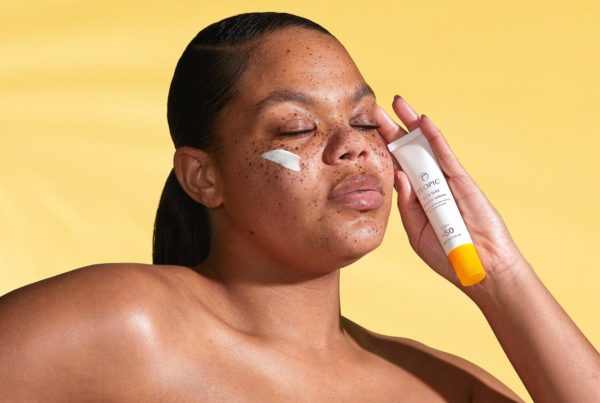Good skin calls for understanding your kind. The four types of skin—normal, dry, oily, and combination—each have their traits and need different treatments to stay looking good. If you know your skin’s needs, you can choose treatments and makeup to make it look better.
This article helps you take care of and feed your skin in a way that lasts because it considers the specific needs of each skin type and gives you personalised advice on how to do it. Customising your skincare routine based on your specific skin type is the foundation of effective skincare.

Normal skin
This skin type is unique because it usually presents a smooth texture and a beautiful complexion. It is also unique because it has balanced moisture and oil, low pore expansion, and restricted breakouts. Mild cleansers and moisturisers are advised for health preservation, and regular exfoliation helps the skin look fresh.
Visiting reputable sources like looklovelylondon.co.uk will enable you to obtain more tailored skincare recommendations and products since they preserve the skin’s natural barrier without overwhelming it. Maintaining this balanced skin type requires consistent but gentle care to preserve its natural harmony.
Dry skin
Without natural oils and moisture, this skin type occasionally feels tight, harsh, or flaky. Small lines stand out more if you have severe redness or pain. To resolve these problems, use a thick cream that moisturises and seals in moisture. It should contain glycerine, ceramides, and hyaluronic acid.
These things are in essential glosses. Skin can be brightened and smoothed with a mild scrub and a good moisturiser. Moisture barrier defence should be a top priority for people with chronic dryness.
Oily skin
The excessively high sebum of this kind of skin results in larger pores and glossiness. Many experience blackheads and breakouts and find their makeup slides off during the day.
Oiliness management will benefit from lightweight, non-comedogenic cosmetics that support a balance of oil output without depriving the skin of its natural moisture. Including salicylic acid or masks derived from clay will also assist in keeping pores clear, reducing shine, and improving the complexion.
Combination skin
Usually with an oily T-zone (forehead, nose, and chin), this skin type shows oily and dry skin features, with drier patches on the cheeks and around the eyes. This duality could offer particular challenges since different locations require different types of treatment to maintain equilibrium.
To improve mixed skin, use a mild cleanser free of moisture strips and lightweight moisturisers that hydrate without adding more oil. One can have a harmonious complexion by applying concentrated treatments and mixing mattifying products for the T-zone with heavier creams for dry conditions.
Conclusion
Maintaining and gaining a good complexion requires awareness of your skin type. If you know your skin type—normal, dry, oily, or mixed—you can choose treatments and products to help it stay healthy and balanced.
Customising your skincare practice can help you deal with specific issues, like keeping dry skin hydrated or controlling oily skin. Such practices can make your skin look and feel better naturally.
Lastly, a regular, personalised skincare practice will give you the best, most brilliant skin.
You might also enjoy our post on beauty trends 2025.



